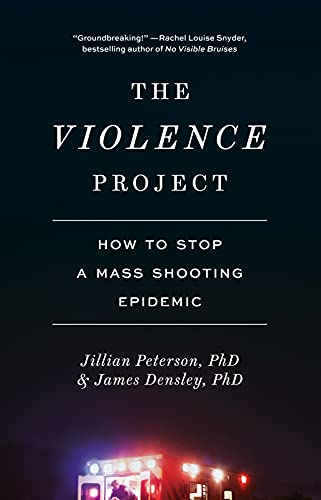Be Prepared with an Advance Directive
West End Healthline
By Anna Dovre, MD
As the season shifts ever on toward autumn, I’ve been noticing the ways that we’re all making preparations. The squirrels are busy in the boulevards stowing away their future meals. Children are getting ready to return to school, and teachers to work. I’ve unearthed my dusty bins of sweaters and jackets for the colder months ahead. Even though we don’t always feel ready for what comes next – especially when we’re talking about Minnesota winters – it does feel good to be prepared.
Preparing for changes in health and illness is kind of like preparing for a change in the weather – we don’t always know when the first snowfall or cold snap will hit, just as we don’t always know when we might find ourselves getting sick or end up in a situation where we’re unable to make our own medical decisions. Luckily, there is one thing that we can all do today to prepare for these kinds of changes in our lives: make an advance directive.
An advance directive is a document that allows you to tell your medical providers and family members about how you want to be cared for if for some reason you become unable to share your wishes yourself. Essentially, it’s a way of leaving instructions for the things that are the most important to us. In an advance directive, you can include: the person (or people) whom you would choose to make your healthcare decisions if you were unable; your goals and values around health care; which kinds of medical treatment you would or would not want and any other details that are important to you. Some people may choose to specify what forms of life support are acceptable to them, or what kinds of pain relief, nutrition or hydration they would like to receive in the case of severe illness or injury. Some people also choose to include instructions about funeral arrangements or organ donation in the event that their illness becomes life-threatening.
You can ask your healthcare provider for information and discuss your choices with them. There are also toolkits and resources available online through the Minnesota Department of Health and the Minnesota Board on Aging (see links below). In order to make the document legally valid, it needs to be either signed by a notary or by two witnesses. Once your advance directive has been written and signed, it is beneficial to make copies to keep at home and to distribute to your loved ones, relatives and healthcare providers. Having a discussion about what is in your advanced directive with these individuals is also important to ensure that they understand your wishes.
It can be tough to prepare for all the different twists and turns that life can throw at us. We don’t want to spend our whole lives on the edge of our seats, bracing for the next crisis – there are only so many nuts that a squirrel can gather. But we also don’t want to find ourselves, or our family members and loved ones, caught entirely unprepared when something major happens to us. Being prepared with an advance directive offers the peace of mind that, whatever life may bring, your wishes and values will be known, respected and followed.
Learn more at bit.ly/3Sb3K0m and bit.ly/3BGx9ZB
Anna Dovre, MD is a family medicine doctor at Allina Health United Family Physicians, 233 Grand Ave, Saint Paul, MN 55102. Phone: 651-241-5200




